DESCRIPTION
Milk Cake by The Bakers Shop:
Our Milk Cake is a delectable dessert inspired by the traditional flavors of homemade sweets. We make it by slowly simmering pure milk until it reaches a dense, creamy consistency, then lightly sweeten it to perfection. Each piece boasts a delightful combination of textures, from the caramelized edges to the soft, melt-in-your-mouth center. This timeless treat captures the comforting taste of classic milk-based sweets, perfect for those who appreciate rich, authentic flavors.
At The Bakers Shop, we prioritize quality and freshness, preparing our Milks Cake daily in small batches to ensure every piece is as delicious as the last. Ideal for gifting, special occasions, or simply enjoying with family, our Milk Cake brings a taste of nostalgia with every bite. Stop by to savor the traditional charm of this much-loved dessert!
Stay connected with us and share your sweet moments! Follow The Bakers Shop on social media for updates, special offers, and the latest creations: Instagram, Facebook, and Twitter.



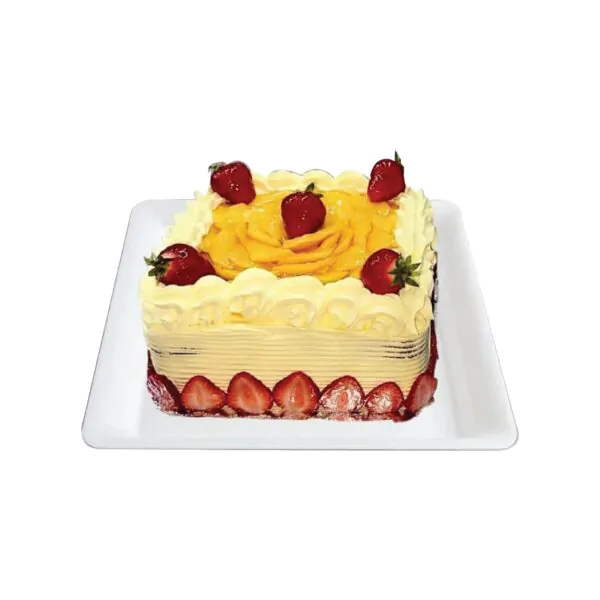

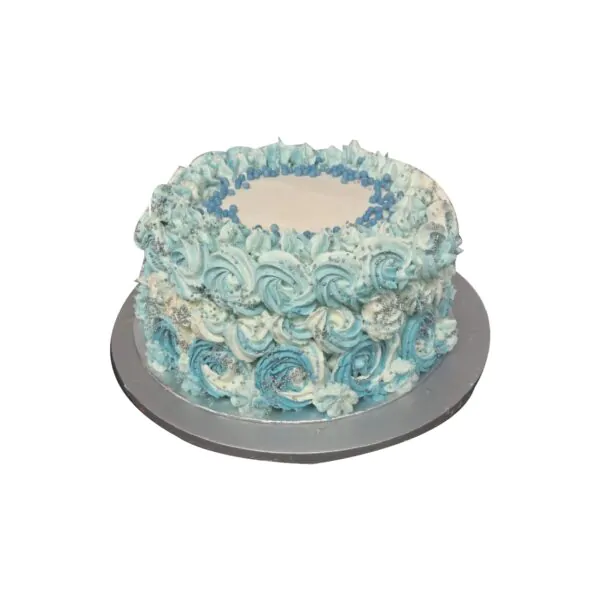
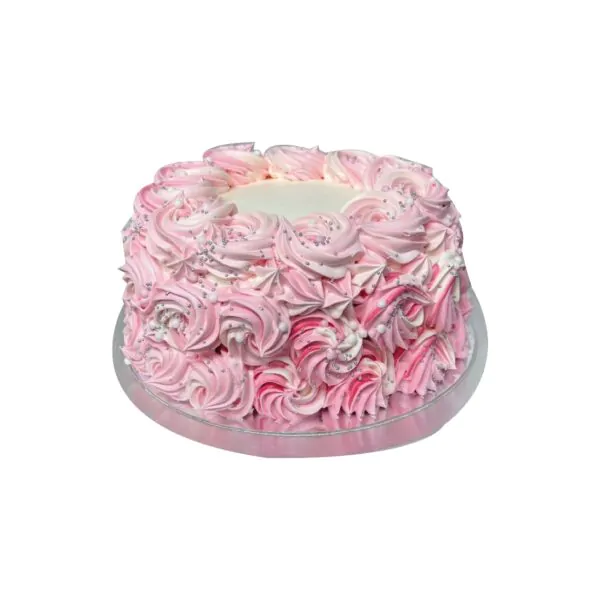
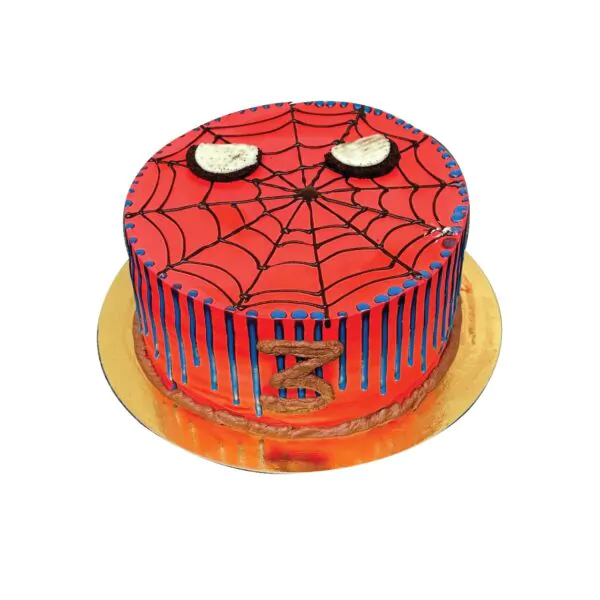
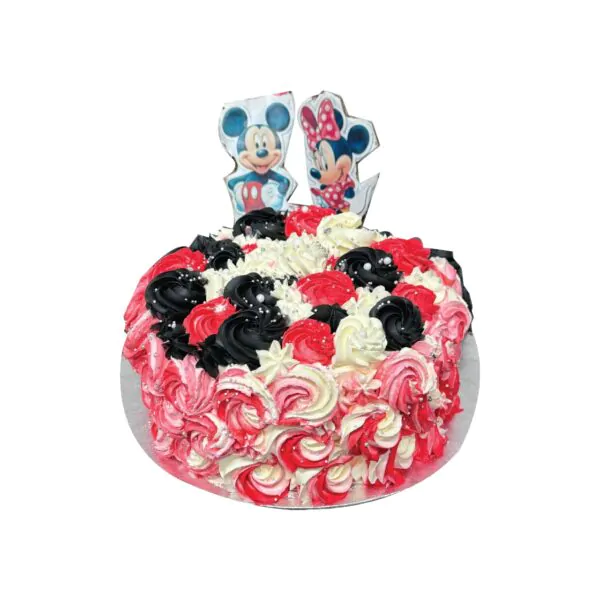
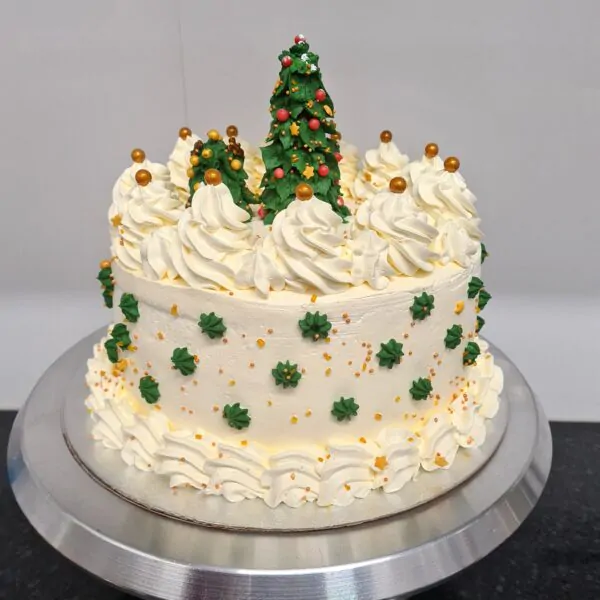
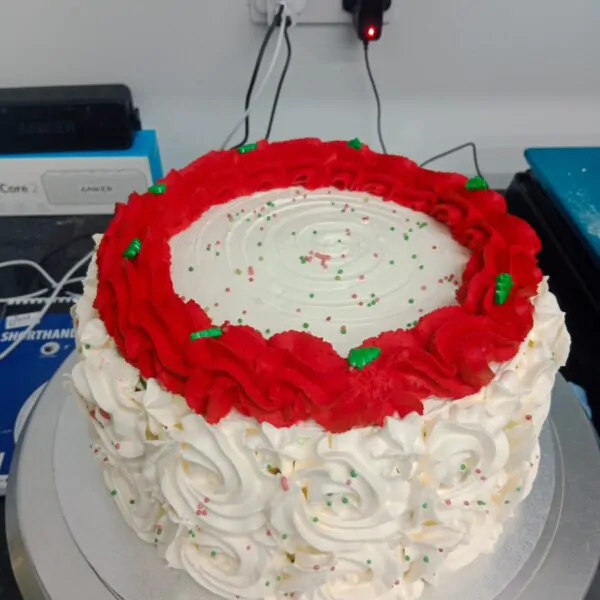
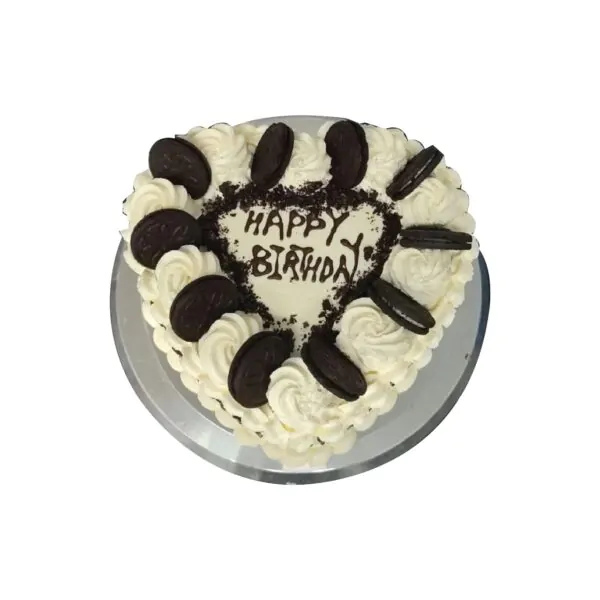
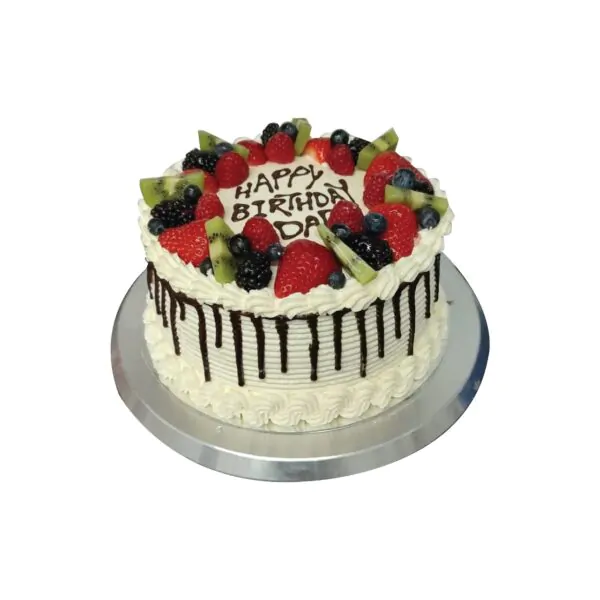


Reviews
There are no reviews yet.